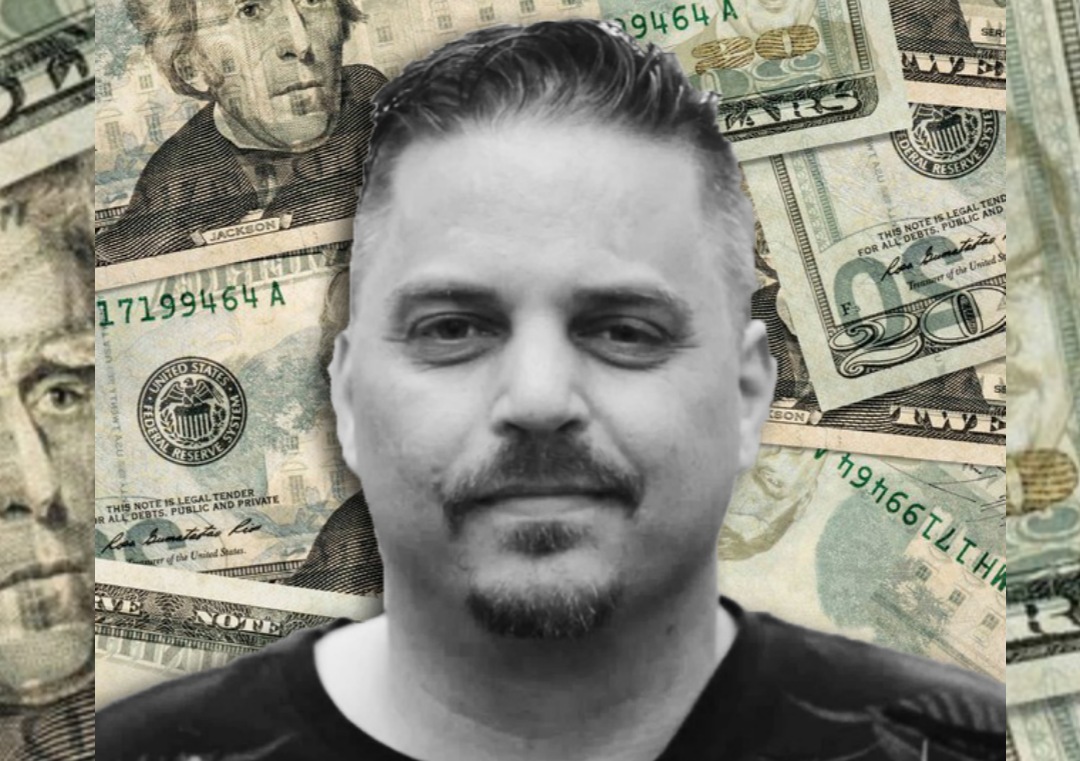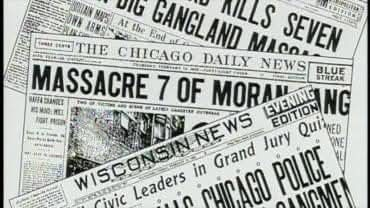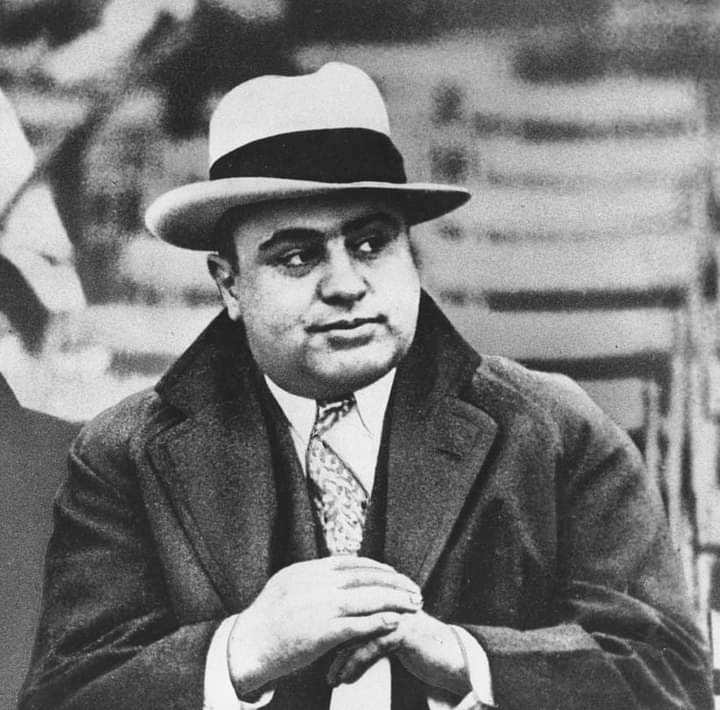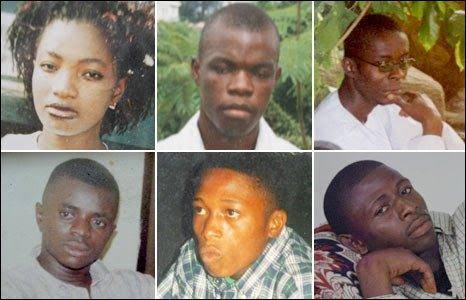FRANK BOURASSAL: The World's Greatest Counterfeiter

Did you know that Frank Bourassa, who once earned a Guinness World Record for the largest counterfeiting operation by a single individual, now owns a security company and works with the police to catch other counterfeiters?
Recognized by law enforcement as the first and foremost validated authority in the counterfeiting world today, Frank Bourassa didn’t start out trying to catch counterfeiters — he was a counterfeiter himself, shaking his money faker operation to the tune of $250 million in US$20 bills.
Bourassa was raised where he was arrested, in Trois-Rivières, a city in the Canadian province of Quebec. His criminal life began when he was 12 years old and in the seventh grade. The adolescent saw an opportunity to work as a middleman, selling the high-end items to the school's 2,000 students. He was not concerned that he was breaking school rules or the law as he continued this racket for a couple of years, sometimes earning hundreds of Canadian dollars in a week.
At 15, Frank was kicked out of school. He moved out of his parents' home, and found legitimate work as a mechanic. On the side, He began selling stolen cars. Again he felt comfortable in the role of middleman. After years of both legal and illegal work, and hard partying, he decided to go straight in his late 20s. Using his experience with cars, he set up his own factory which produced brake pads.
Unwilling to do anything by a half measure, Frank began working 20-hour days to help grow his small business. The business was profitable, but Frank was exhausted. One morning the long days caught up with him and he had a nervous breakdown. Doctors said his body was incredibly low on almost every vitamin. His hands would not stop shaking, and he felt incapable of work. So he sold his business and spent two years travelling Europe, Asia, and Africa with his girlfriend at the time.
On returning from his impromptu grand tour, Frank resolved never to make his money from legal work again. By this time, he had started spending a lot of time on his own, thinking about his next big scheme. He was supplementing his savings by getting involved in the booming illegal marijuana trade, which came to an end in 2006 when he was convicted on a drug-related charge and incarcerated for three months.
In 2008, as a free man able to go on long drives again, Frank had the epiphany he had been waiting for: he wanted to emphasise that he chose the US dollar not because he disliked American people or the US government but because it was accepted in most countries.
For the next one and a half years, Frank committed his replenished energy to learning the process of printing money from scratch. He disclosed that official government websites were a particularly useful starting place because they offered detailed descriptions of each note's security features. The US Currency website still does.
Frank settled on the $20 bill. It is less suspicious than the $50 or $100 notes. Its design at the time was older, with worse security features than the $10 bill. He did his research by moving between various internet cafes in Quebec, not wanting to draw attention to himself in any one location.
There were two major stages to the printing process. First, Frank had to source the paper used in US bank notes. Second, he had to buy the very expensive printing equipment and software. The fraudster began phoning paper mills across Europe, hoping to find a producer who was either gullible or bent. Frank's con was dependent on the theory that in Europe people would be less familiar with the constituent parts of the US dollar bill and therefore more likely to take his order. He made sure to conduct all of his correspondence by email under a fake name and fake business. He was aware that a recorded phone conversation could end up being his downfall in any future court case.
In late 2009, Frank's order of paper arrived from the German paper mill. Without pausing to celebrate, he began working 16-hour shifts, printing nearly every sheet of bank-note-quality paper he had, to reduce the amount of incriminating evidence that could be used against him. He said his girlfriend at the time, who had been his travelling companion years earlier, had no idea what he was doing during the printing process. After five months of relentless printing, Frank was able to counterfeit and sell $250 million in fake US currency until he was nabbed in an undercover operation.
According to the Guinness World Record, the largest counterfeiting operation by a single individual was by Frank Bourassa, who counterfeited about $250 million (£194 million) in United States currency between 2008 and 2010 on an illegal print shop he set up on a farm in Quebec, Canada, where he printed 12.5 million counterfeit $20 bills and sold them for 30% of their face value. His entire operation cost $325,000 Canadian (£189,000) to set up, and he would have pocketed $75,000,000 US (£58.2 million) if successful.
The formidable international task force intent on bringing him down eventually caught up with him on 23 May 2012. He was able to use a stash of £200 million in counterfeit notes as a bargaining chip during his hearing. After telling authorities where the cache was, he walked free after serving just six weeks in prison. He managed to become a free man again after paying a $1,350 (Canadian!) fine.
Because of the extent of his operation, he has been called "the world's greatest counterfeiter." Today, Frank Bourassa owns a security company and works with the police to catch other counterfeiters.
SOURCES: Business Insider | Guinness World Record | Jordan Harbinger | Image: Loyal Nana
#penglobalcrime #counterfeit #FrankBourassa
_1754475682.webp)


